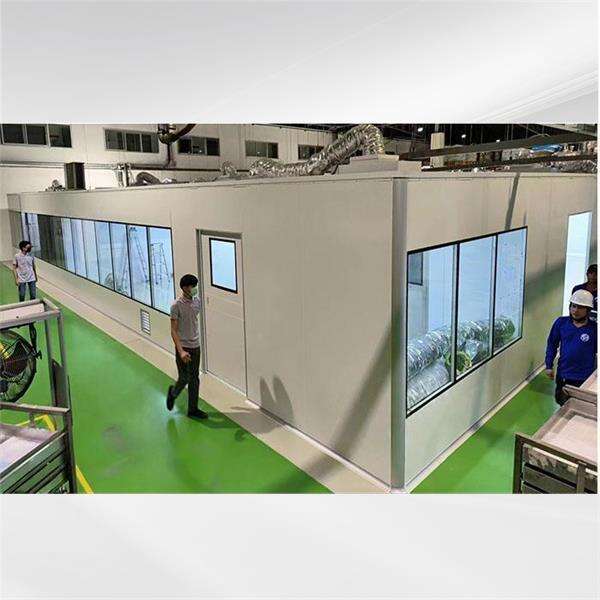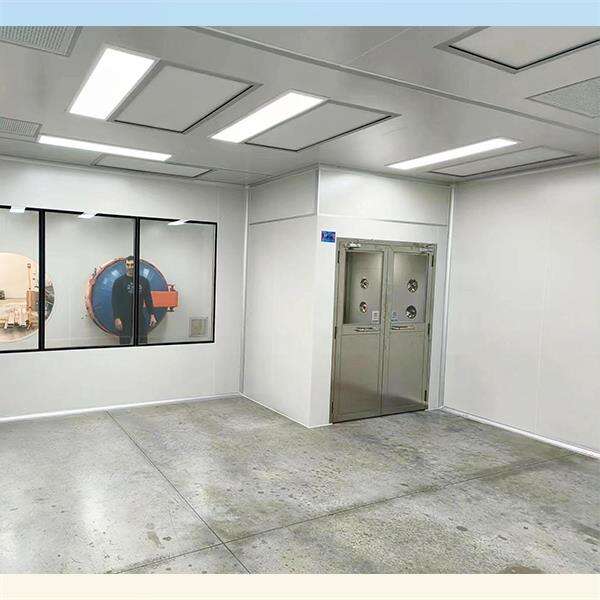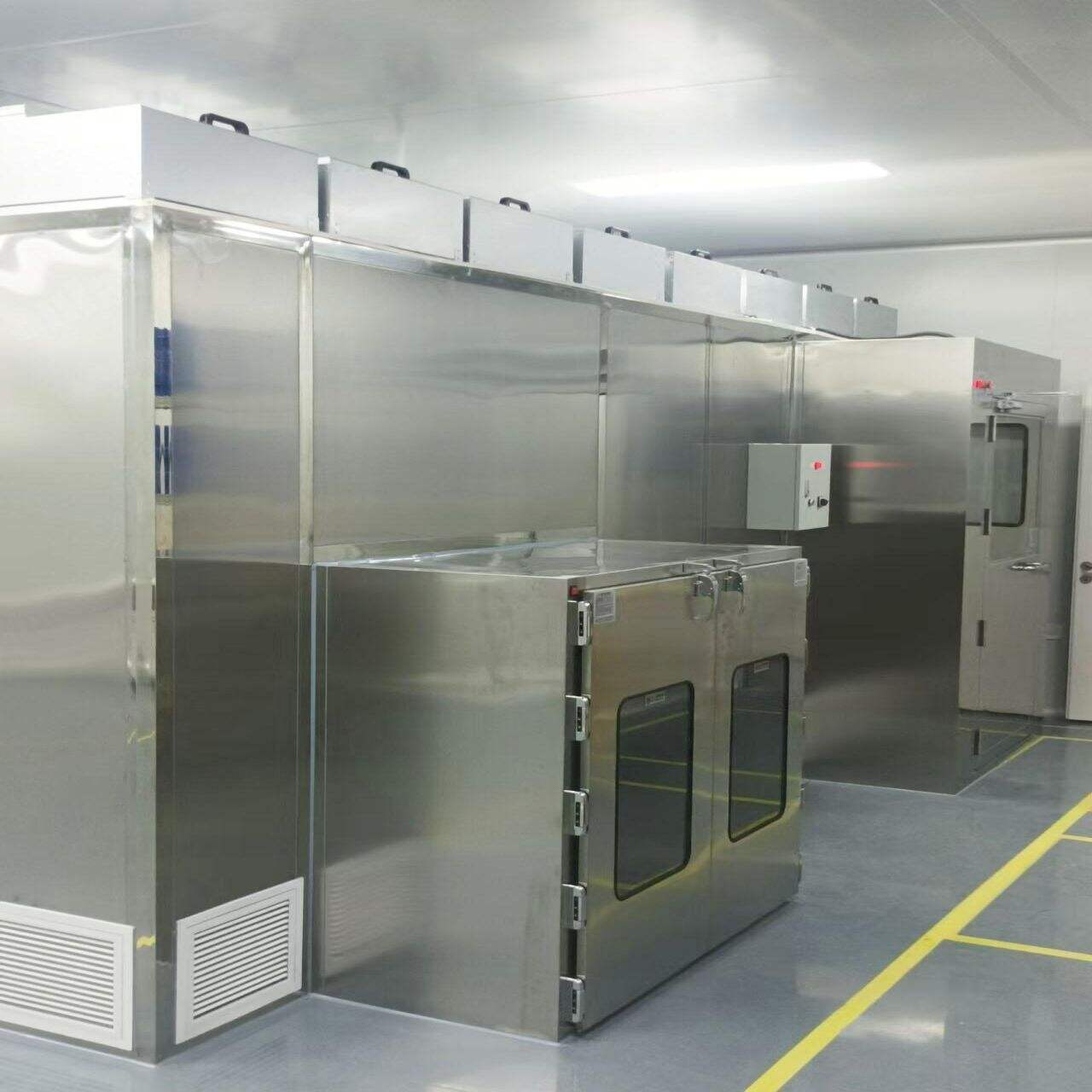Both negative and positive pressure rooms are critical in healthcare environments to contain the spread of airborne pathogens. The article examines the more common negative and positive pressure rooms, its distinction, operation that is critical to the safety of patients and healthcare workers from infectious germs and viruses by examining how these rooms differ in addressing health-related impacts
A negative pressure room is intended to contain airborne pathogens within the room. They maintain a lesser air pressure than the surrounding areas to keep germs in these rooms from escaping and infecting other hepa intake filter box parts of the building. Negative pressure rooms are more often used for patients with an infectious disease such as tuberculosis or influenza.
On the flip side, positive pressure rooms function by sustaining a greater air stress inside the room versus outside. One reason is they keep external air from entering the rooms, even those that are directly attached to the outside area reducing pollutants within. Surgical suites and isolation rooms typically utilize positive pressure rooms to keep harmful bacteria or viruses from reaching patients
A negative pressure room uses these specialized ventilation systems to contain airflow from the room, as shown in the video. These systems have vents that bring air into the room and exhaust fans that expel air from the area. After that, these micro hepa box fan filter germs linger in the room and are unable to come out of the room because another pressure is created, which ultimately again reduces the risk of infection.

Conversely, positive pressure rooms use conventional hospital ventilation systems with filtered air being pushed into the room from outside. This steady airflow helps maintain a clean and contaminant-free space, ensuring patients receive the best possible care within the most hygienic setting as well as providing healthcare iso class 5 cleanroom workers with an environment that they can perform their jobs in safely. Positive pressure rooms: reduces the risk of airborne infections by maintaining control over the air pressure in a room.

Positive pressure room benefits in healthcare These rooms reduce the chances of healthcare associated infections by offering clean and controlled environment. Patients in these positive pressure rooms are less likely to come into contact with harmful germs and viruses, meaning quicker recovery hepa filter plenum box times and better results.

In addition, positive pressure rooms can serve as a barrier that protects healthcare workers from catching contagious diseases. These rooms minimize the chances of spreading infectious diseases to health care workers because they physically separate patients from medical staff. This is particularly important during procedures producing airborne particles such as iso level 5 clean room intubation or suctioning.